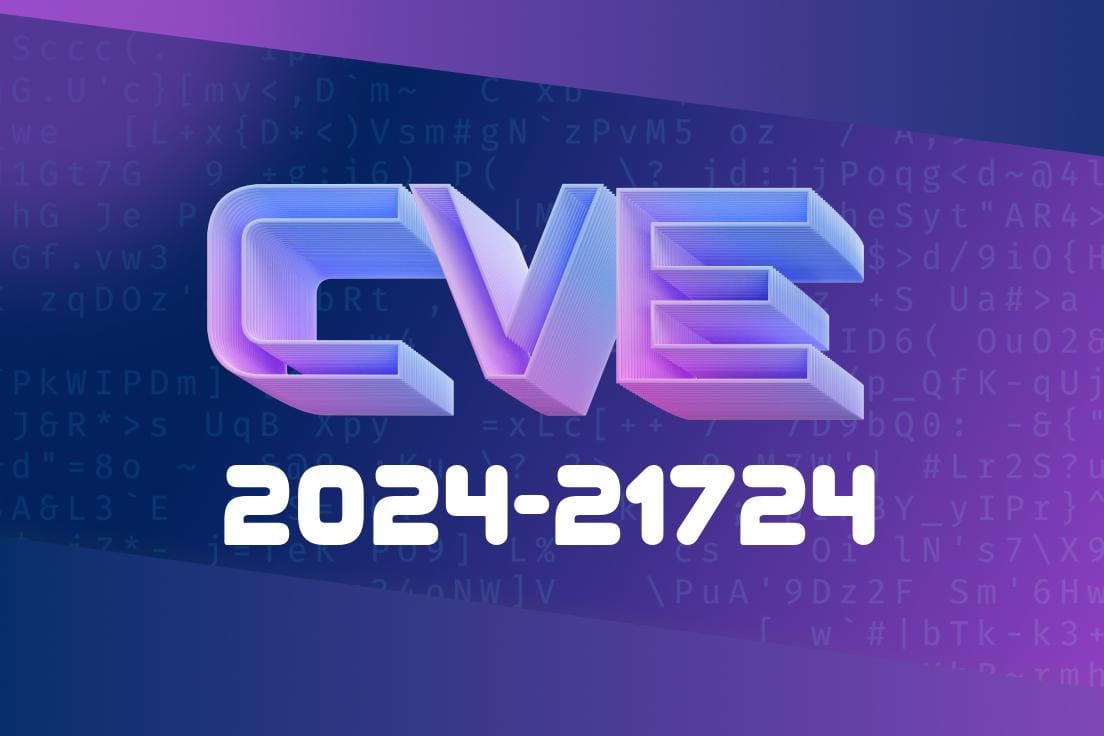Cross-Site Scripting (XSS) vulnerabilities continue to be a major concern in web applications, with attackers being able to execute malicious scripts in the context of a user's web browser. This can lead to the unauthorized disclosure or modification of sensitive data, session hijacking, or other undesirable outcomes. In this post, we'll examine the CVE-2024-21724 vulnerability, which is due to inadequate input validation for media selection fields, which in turn, can lead to XSS vulnerabilities in various extensions. We'll provide code snippets, original references, and exploit details to raise awareness and help developers better protect their applications.
Vulnerability Description
CVE-2024-21724 specifically pertains to inadequately validating user input in media selection fields when creating web application content. This vulnerability impacts multiple extensions, allowing attackers to inject malicious scripts into the affected web application. By doing so, they gain the ability to execute these scripts in the context of an end-user's browser, potentially resulting in unauthorized access to sensitive information, session hijacking, or other adverse effects.
Code Snippet
Here's a simple example illustrating the vulnerability in action. Imagine the following media selection HTML code that does not properly validate user input:
<form>
<label for="media">Select a media file:</label>
<select name="media" id="media">
<option value="image1.jpg">Image 1</option>
<option value="image2.jpg">Image 2</option>
</select>
</form>
An attacker could potentially manipulate the media selection value using a script, allowing the execution of arbitrary JavaScript code:
<option value="image1.jpg" onclick="alert('XSS')">Image 1</option>
When a user selects 'Image 1' in the dropdown menu, the XSS alert would be executed, illustrating the vulnerability.
Exploit Details
In order to successfully exploit this vulnerability, an attacker would need to identify where the vulnerable media selection fields are within a targeted web application. Using network analysis tools, such as Burp Suite or OWASP Zed Attack Proxy (ZAP), the attacker could manipulate the vulnerable form fields by injecting JavaScript code.
Upon submitting the manipulated form data, the malicious script would then be executed within the context of the targeted user's browser. This could lead to unauthorized access to sensitive data, session hijacking, or other outcomes of interest to the attacker.
Mitigating CVE-2024-21724
To protect your web application from this vulnerability, it is essential to implement proper input validation and sanitization measures for all user-supplied data. This may include:
Utilizing Content Security Policies (CSP) to restrict the execution of inline JavaScript.
- Regularly updating dependencies and extensions to ensure that they do not contain known vulnerabilities.
For further reading about the CVE-2024-21724 vulnerability, please consult the following resources
1. NVD - CVE-2024-21724
2. OWASP Foundation - Cross-Site Scripting (XSS)
3. OWASP Cheat Sheet Series - DOM-based XSS
Conclusion
Inadequate input validation for media selection fields poses serious risks as it can lead to XSS vulnerabilities in numerous extensions. By implementing server-side validation, output encoding techniques, and other security measures, developers can prevent attackers from exploiting these vulnerabilities and ensure a safer user experience. Always stay up-to-date with the latest vulnerability disclosures and apply necessary security patches promptly.
Timeline
Published on: 02/29/2024 01:44:03 UTC
Last modified on: 02/29/2024 13:49:29 UTC
